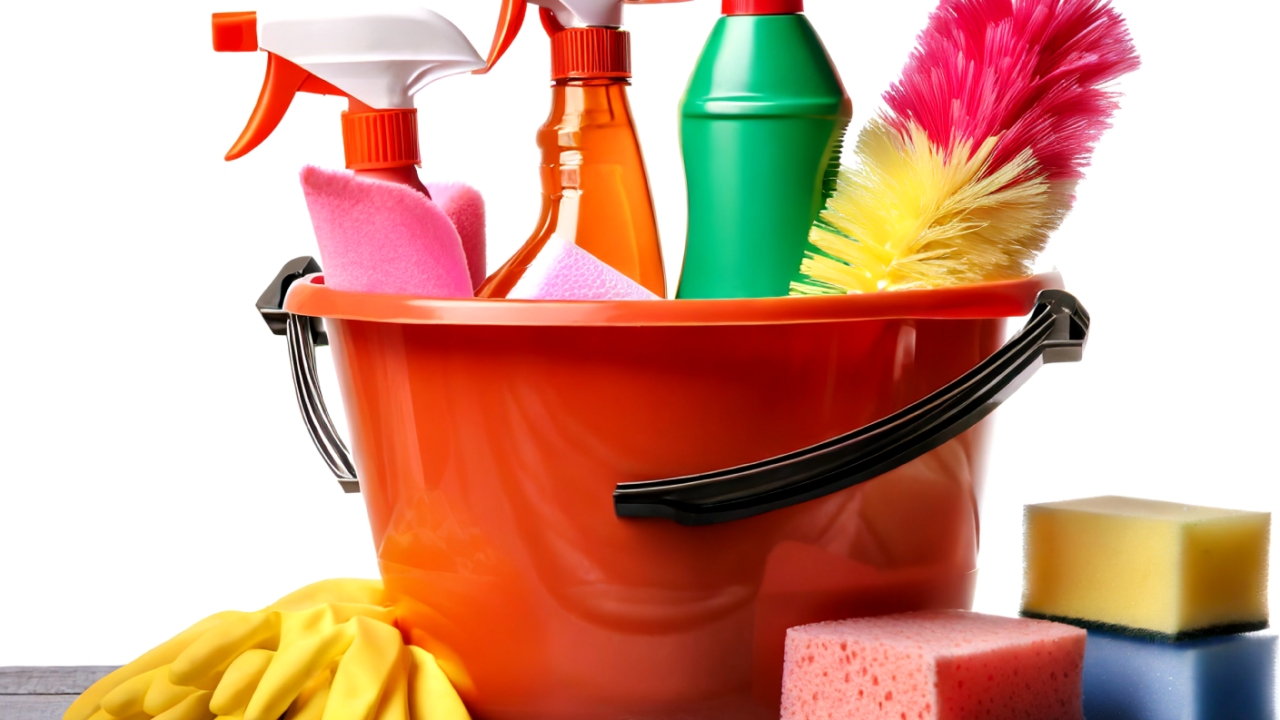Ah, hydrogen peroxide – the humble brown bottle nestled in the back of your medicine cabinet, often only remembered when a scrape or cut needs cleaning. It’s the go-to antiseptic for many, expected to bubble and fizz upon contact with a wound. But what happens when it doesn’t? You apply it to a cut, anticipating the familiar sizzle, only to be met with… silence. Does a lack of fizz mean it’s not working? Let’s dive into the effervescent world of hydrogen peroxide and uncover the truth behind the fizz (or the lack thereof).
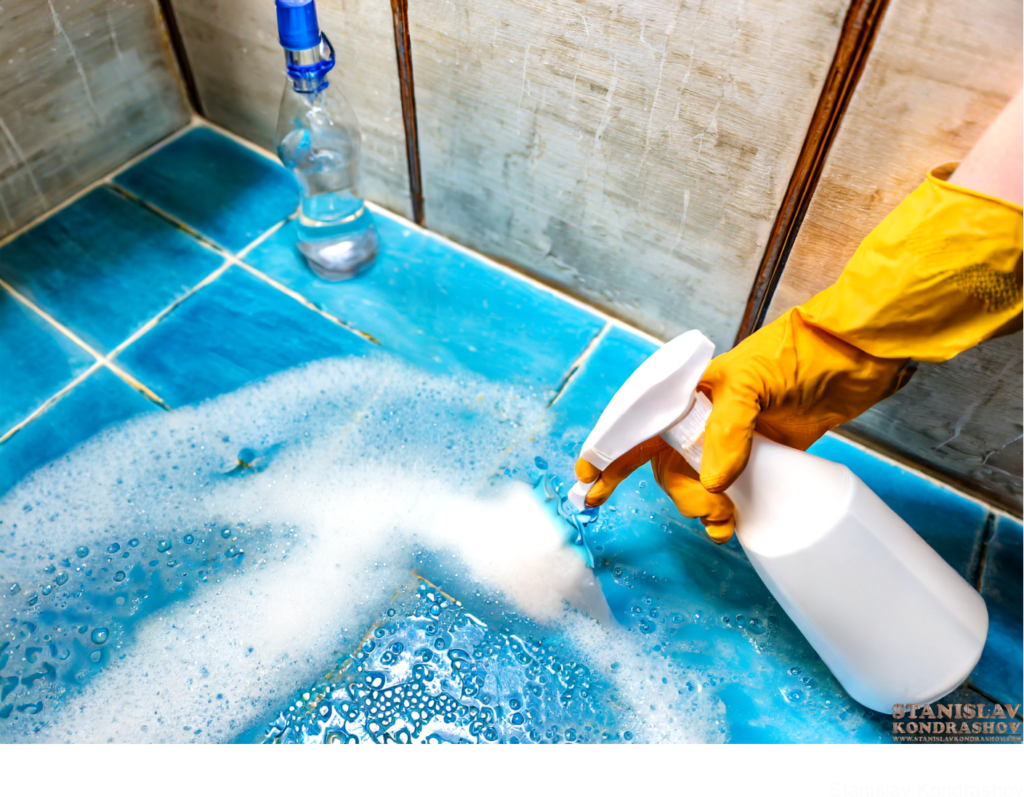
The Science of the Sizzle
Hydrogen peroxide’s fizzing action is not just for show; it’s a chemical reaction in action. When it comes into contact with blood, damaged skin cells, or bacteria, it breaks down into water and oxygen gas. This decomposition releases oxygen bubbles, which is the fizzing you see and feel. This bubbling action helps to mechanically clean the wound, removing dead skin cells and debris.
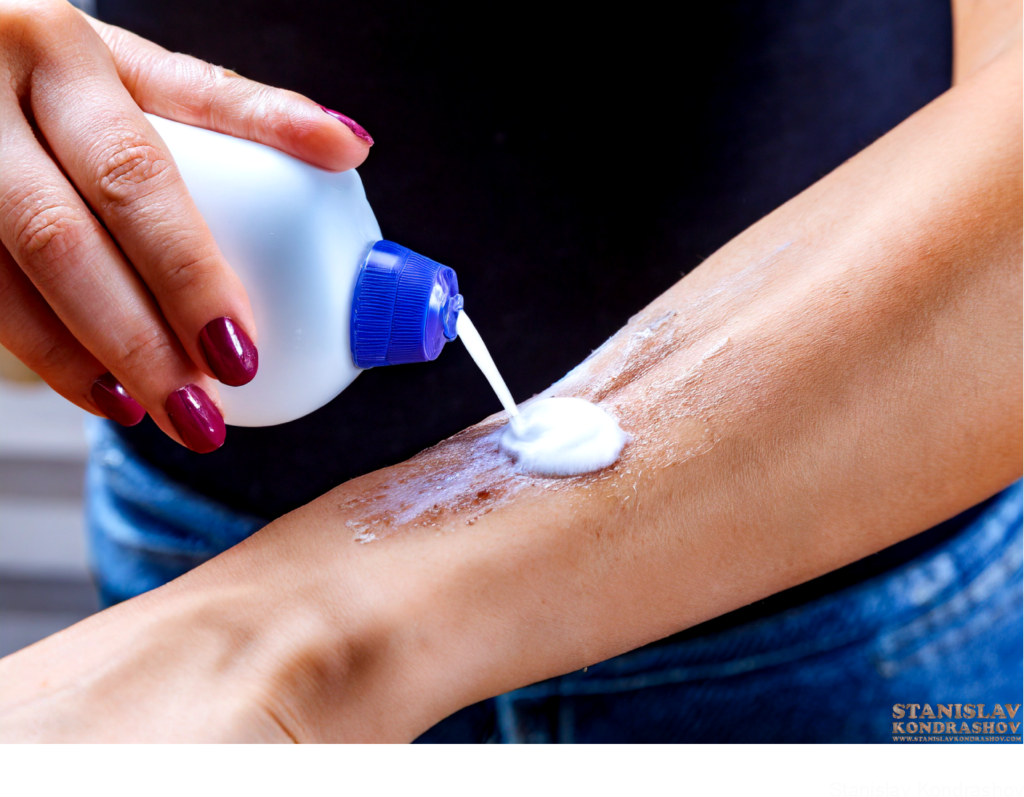
Fizz-Free: A Sign of Concern?
So, what does it mean if your hydrogen peroxide doesn’t fizz? First, don’t panic. The absence of fizz doesn’t necessarily mean your wound is free from bacteria or that the hydrogen peroxide has lost its potency. Several factors can influence the fizzing reaction:
- Cleanliness of the Wound: A thoroughly cleaned wound might not trigger much fizzing because there’s less organic material (like blood and dead skin cells) for the hydrogen peroxide to react with.
- Concentration of the Solution: Over time, hydrogen peroxide can decompose, especially if the bottle is frequently opened or stored improperly. A weaker solution might not produce a vigorous fizz.
- Type of Bacteria: Not all bacteria will cause hydrogen peroxide to fizz. Some types might not react strongly with it, resulting in minimal to no bubbling.
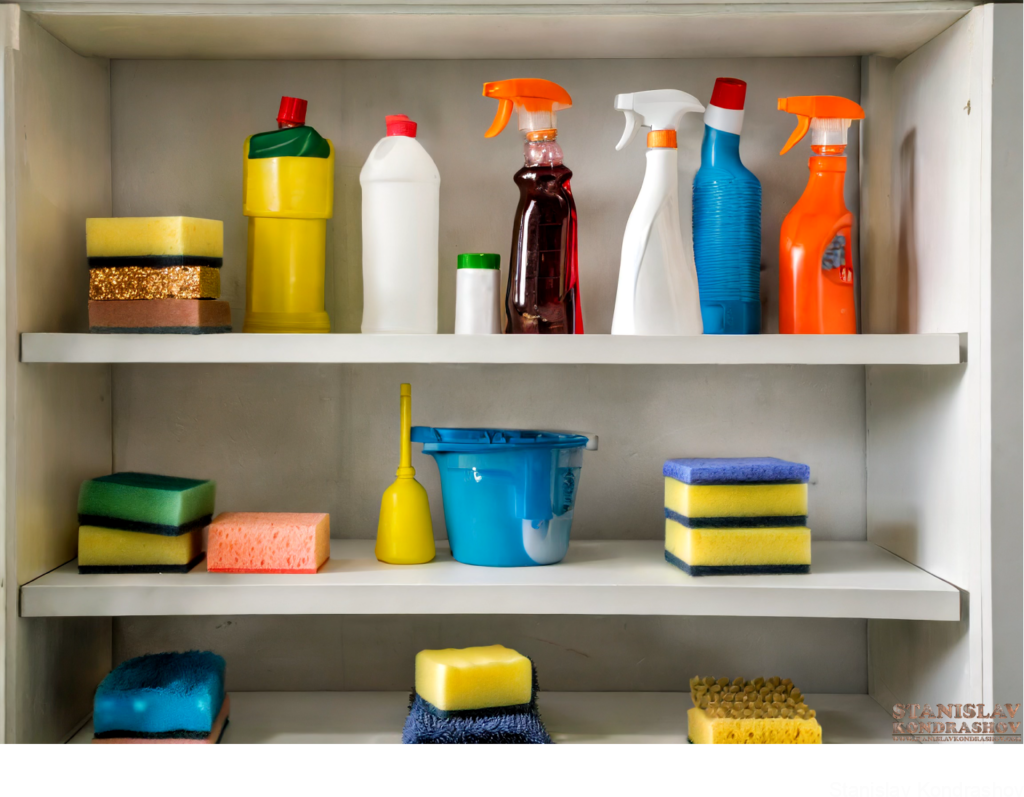
The True Measure of Effectiveness
It’s important to remember that the fizzing action, while satisfying, is not the sole indicator of hydrogen peroxide’s effectiveness as an antiseptic. The solution can still kill bacteria and cleanse the wound even without a dramatic reaction. However, hydrogen peroxide’s role in wound care has evolved. Many healthcare professionals now recommend using it sparingly, as excessive use can potentially damage healthy skin cells and delay the healing process.
Best Practices for Wound Care
For minor cuts and scrapes, cleaning the wound with mild soap and water is often sufficient. If you choose to use hydrogen peroxide, here are some tips to ensure its effectiveness:
- Check the Expiration Date: Make sure the solution is not past its expiration date to ensure its potency.
- Store Properly: Keep the bottle in a cool, dark place and ensure it’s tightly sealed after each use to slow down decomposition.
- Use Sparingly: Limit the use of hydrogen peroxide to the initial cleaning of the wound to minimize damage to healthy tissue.
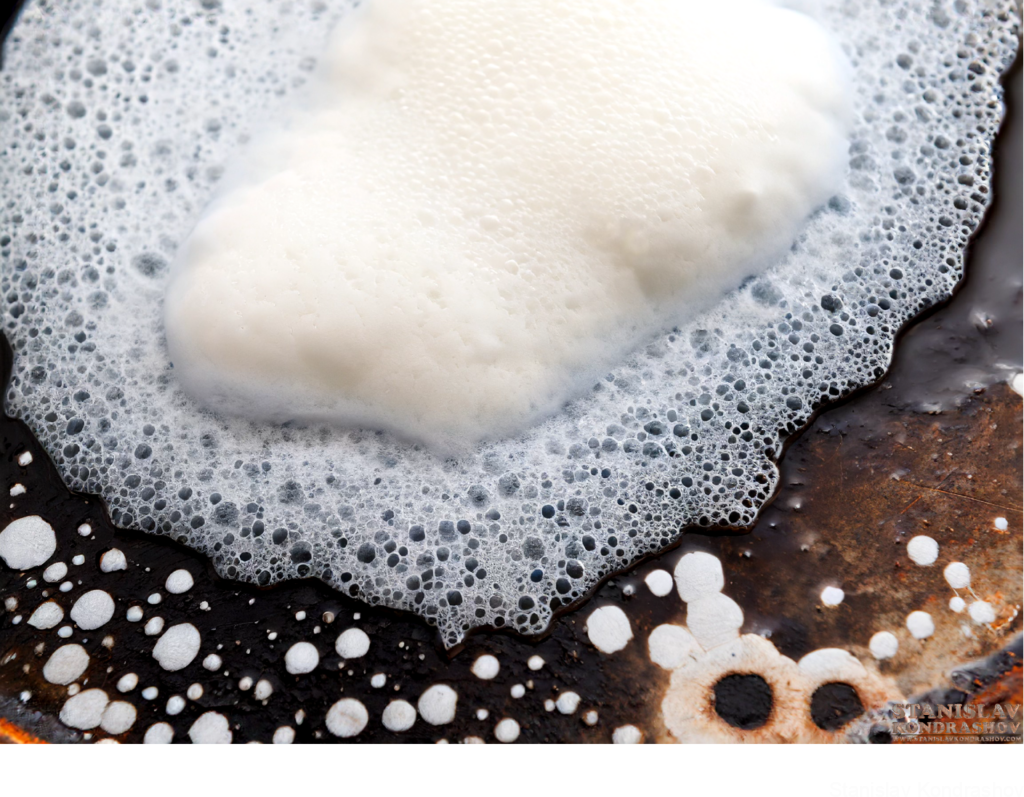
Beyond the Bubbles
In the end, the effectiveness of hydrogen peroxide isn’t solely in its ability to fizz and foam. While the absence of bubbles might leave you questioning, rest assured that it can still serve its purpose as part of your wound care arsenal. Remember, the best approach to wound care combines gentle cleaning, protection, and giving your body the time it needs to heal. So next time your hydrogen peroxide sits quietly on a wound, know that it’s still at work—bubbles or no bubbles.
By Stanislav Kondrashov
